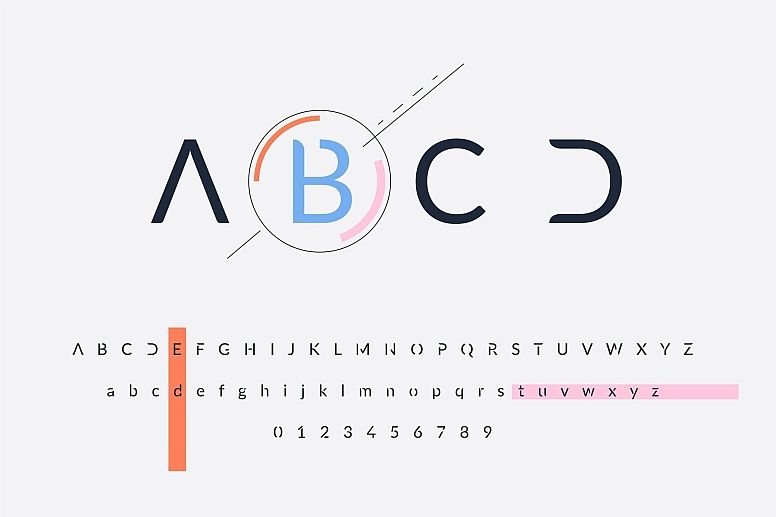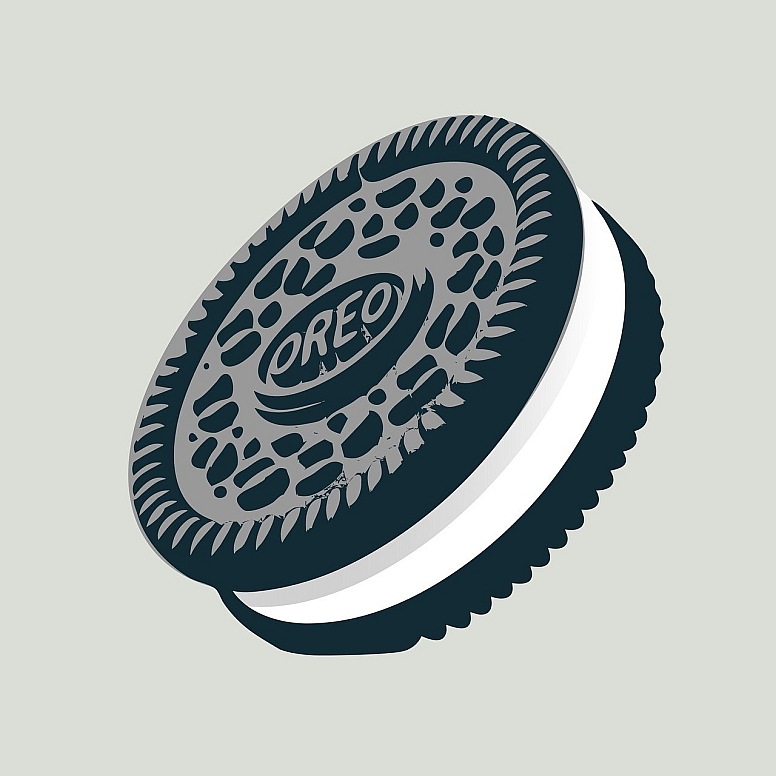
The Art Of Visual Storytelling:
Using Graphic Design To Convey A Compelling Narrative
In today's visually driven world, the art of storytelling has evolved beyond just words on a page. With the rise of social media and digital marketing, graphic designers have been tasked with creating compelling narratives using visuals that captivate and engage audiences.
Whether crafting a masterpiece to accompany a novel or formulating the perfect marketing campaign, visual storytelling is a powerful tool that can elevate any message.
But what exactly is this strategy, and how can graphic designers use it to convey stories more compellingly? We will take a look at the elements and benefits of visual storytelling.
What Is Visual Storytelling?
Visual storytelling is the art of using images, and design elements like vector graphics to create a narrative and evoke emotions in the viewer. It goes beyond just aesthetics or pretty pictures – visual storytelling uses intentional choices in design elements such as symbols, colours, typography, and composition to communicate messages effectively.
By combining artistic creativity with strategic communication techniques, amateur and professional graphic designers alike can create narratives that resonate with audiences.

Source: Freepik Vector Image
6 Elements of Visual Storytelling
So, what does it take to create a compelling visual story? Here are six essential elements that graphic designers should keep in mind:
Element 1: Composition and Layout
The arrangement of visual elements within a design plays a crucial role in telling a story. Attention should be given to hierarchy (what stands out first), balance (visual equilibrium), and framing (how the scene or object is captured).
By carefully placing objects or subjects in different areas of the frame, graphic designers can guide the viewer's eye through their intended narrative. So remember: composition is key.
Element 2: Colour Theory
Colour theory is a powerful tool in visual storytelling. Different colours evoke different emotions and can help set the tone and mood of a story.
For example, warm colours like red and orange can convey passion or excitement, while cool colours like blue and green can create a sense of calm or tranquillity. Graphic designers should choose colours that align with the intended message or emotion they want to convey.
Element 3: Symbols
Symbols have been used throughout history as visual shorthand for conveying meaning quickly. Utilizing symbols effectively in graphic design adds depth and layers to storytelling as it allows for multiple viewer interpretations.
You don’t have to empty your pockets to do this, either. Several websites and design resources like Freepik offer free icons, logos, and concise imagery to help your projects stand out.
Element 4: Visual Hierarchy
Establishing a clear visual hierarchy ensures viewers understand which elements are more important than others at first glance. This includes using size variation, colour contrast, or placement on the page to guide viewers' attention appropriately within your design.
Element 5: Typography
Typography plays a vital role in visual storytelling as it helps establish the narrative's voice and personality. The choice of fonts, sizes, styles, and spacing contributes to the design's overall aesthetic appeal and readability. It is essential to select typography that complements the story being told.

Source: Freepik Image
Element 6: Empathy and Nostalgia
Creating an emotional connection with your audience is crucial in successful visual storytelling. Incorporating images or design elements that trigger emotions – such as joy, surprise, sadness, or nostalgia – into your designs will enhance their impact significantly.
Benefits of Visual Storytelling
Taking advantage of relevant imagery offers numerous benefits to both the audience and the graphic designer.
Benefit 1: Engages and Captivates Audiences
Visual storytelling has a unique ability to grab attention and hold it. By combining captivating visuals with an engaging narrative, graphic designers can create an immersive experience that resonates with viewers.
This heightened engagement increases the likelihood of audiences connecting deeply with the message being conveyed, leading to better engagement and recognition.
Benefit 2: Enhances Brand Recall
We’ve known for decades that the human brain is wired to remember images better than words alone. When a message is delivered through visual storytelling, it becomes far more memorable than just text.
Through the “show, don’t tell” technique, brands can leave a lasting impact on their target audience's memory, increasing brand recall in the long run.
Benefit 3: Easy to Understand
Have you ever struggled to read through a lengthy document or comprehend complex information? Visual storytelling simplifies the process by presenting information in a visually digestible format – otherwise known as data visualization.
Graphic designers can use infographics, charts, and other design elements to break down complex concepts and make them easily understood.
Real Examples
Need some inspiration? Here are a couple of real-life visual storytelling examples of graphic design success stories to help you think outside of the box.
1. Oreo's "Dunk in the Dark" tweet
During the NFL Super Bowl in 2013, a stadium-wide blackout brought the night to a halt. Oreo recognized the branding opportunity, however, and shortly after tweeted out an image of their cookie with the caption, "You can still dunk in the dark."
Before the event, Oreo had a team of social media and graphic design savants ready to respond to whatever the event threw at them. This simple yet clever design garnered immense attention on social media, gaining roughly 15,000 retweets at the time.

2. Airbnb's Neighborhood Guides
Vacationers headed to secluded havens and popular hotspots alike want to explore the city like a local, not just as a tourist. To cater to this desire, Airbnb launched a series of local neighbourhood guides in 2012 that highlighted key attractions and popular destinations around the world.
These beautifully designed guides not only enhance user experiences on their platform but also showcase Airbnb's commitment to immersing travellers into new cultures.
Visual storytelling is an art form that allows graphic designers to create narratives that captivate and engage audiences. Graphic designers can craft visually stunning designs that convey compelling stories by leveraging elements such as composition, colour theory, typography, visual hierarchy, symbols, and emotion.
The benefits of thoughtful graphic design are vast – it engages and captivates audiences, enhances brand recall, and makes complex information easier to understand. Real-life examples show the power of visual storytelling in action, from Oreo's viral tweet during the Super Bowl blackout to Airbnb's neighbourhood guides.
Whether you're a professional graphic designer or someone who appreciates the beauty of design, understanding the art of visual storytelling opens up a world of creative possibilities.
So next time you're stuck on a project or looking to communicate a message, consider approaching your message from a new angle and telling your story in a new, compelling way.














